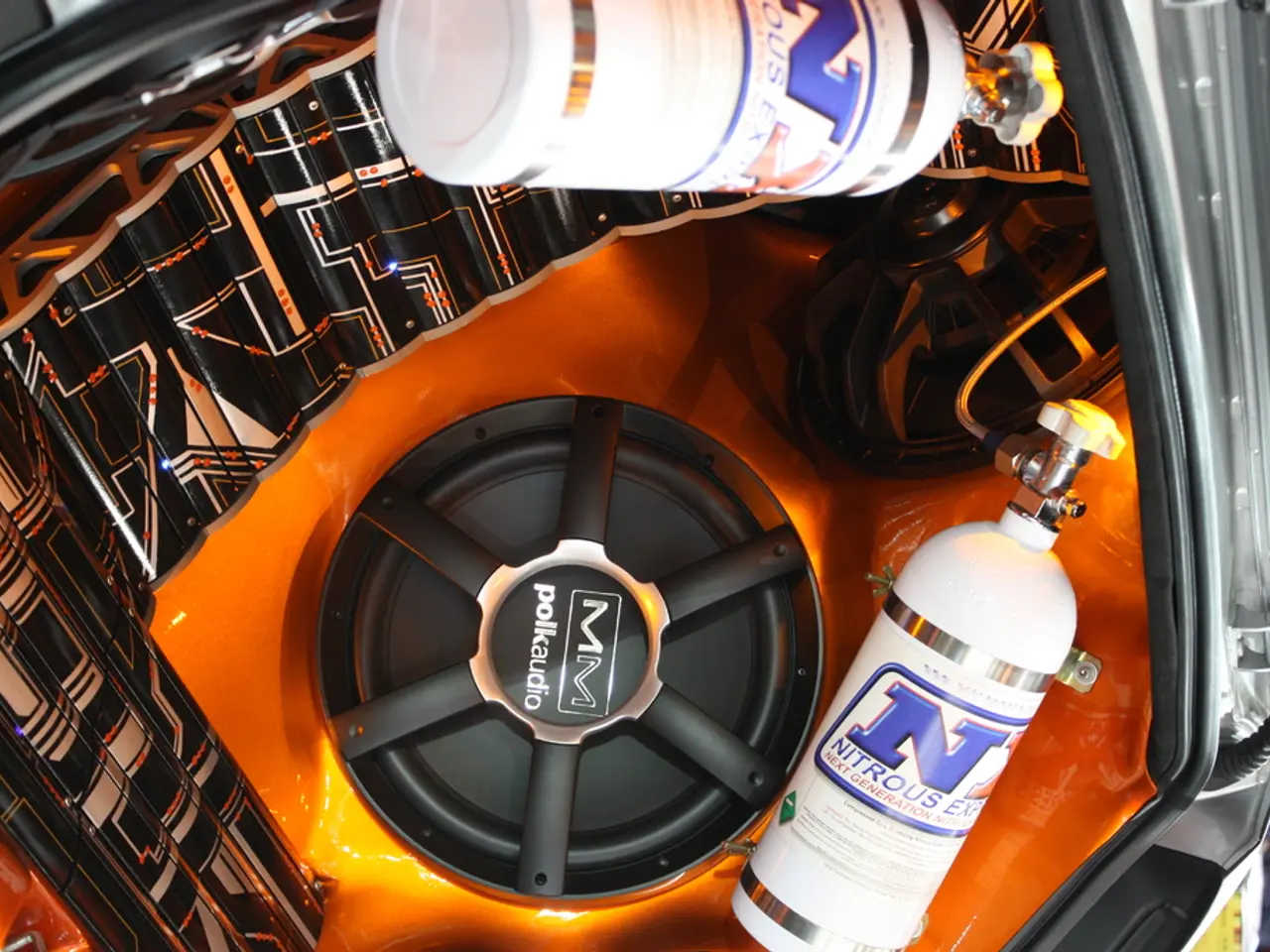In case of malfunctioning solid-state transmitter, it's essential to have a backup on standby
In a recent resurgence of interest in old tube-type AM transmitters, many hobbyists and radio enthusiasts have been repurposing these relics for emergency situations and amateur radio use. However, an article discussing the importance of these transmitters, originally published on October 25, 2011, and republished on July 22, 2025, contained some outdated information regarding the use of replacement oscillator crystals.
Chuck Till K4RGN from Raleigh, North Carolina, wrote in to note that the article's reference to obtaining replacement oscillator crystals is no longer accurate due to companies like International Crystal ceasing production. In today's world, modern alternatives to traditional oscillator crystals have become the norm, particularly in the form of frequency synthesizer modules.
These synthesizers, such as those based on phase-locked loops (PLLs) or direct digital synthesis (DDS), generate stable, tunable frequencies without relying solely on fixed-frequency crystals. One such frequency synthesizer module, the QRP Labs kit, is indeed a viable option for AM transmitters. It offers:
- Frequency agility: The ability to precisely select and change operating frequencies easily without swapping crystals.
- Good frequency stability: Synthesizers use PLL or DDS techniques that can match or exceed crystal stability in many cases.
- Compact and integrated design: Ready-made kits simplify experimentation and implementation for amateur radio and low-power transmitter projects.
While classical AM transmitters often use fixed crystals for their oscillator frequencies, modern kits and designs increasingly incorporate frequency synthesis technology to improve versatility and frequency control.
In the case of repurposed transmitters, crystals are not typically needed. Instead, these transmitters are often driven by frequency-agile amateur radio transceivers. Repurposed tube-type AM transmitters are relatively easy to move to various frequencies in the ham band, making them ideal candidates for frequency synthesizer modules.
However, using a frequency synthesizer module may require more work than it is worth for some hobbyists. A skilled engineer could modify the frequency synthesizer module into a box with a power supply, a low pass filter, and an amplifier to make the RF acceptable for an old transmitter.
It is worth noting that a tube transmitter can use a "coat hanger" as an antenna, unlike solid-state transmitters that require 50 ohms. Today's AM and FM transmitters use 10 MHz reference oscillator modules that are divided down to create a desired frequency.
In conclusion, frequency synthesizer modules like the QRP Labs kit represent a widely accepted and practical alternative to traditional oscillator crystals for AM transmitters, providing enhanced frequency flexibility and reliability. As technology continues to evolve, it is essential for hobbyists and professionals to stay informed about the latest advancements and adapt their practices accordingly.
- In the realm of modern alternatives to traditional oscillator crystals, frequency synthesizer modules, such as the QRP Labs kit, have become popular choices, offering frequency agility, good frequency stability, and a compact, integrated design.
- Repurposed tube-type AM transmitters are often driven by frequency-agile amateur radio transceivers instead of relying on crystals, making them compatible with frequency synthesizer modules, which provide enhanced versatility and frequency control.
- With technological advancements, it is essential for hobbyists and professionals to stay informed about innovations like frequency synthesizer modules, as they offer improved flexibility and reliability compared to traditional oscillator crystals in projects involving AM transmitters.




